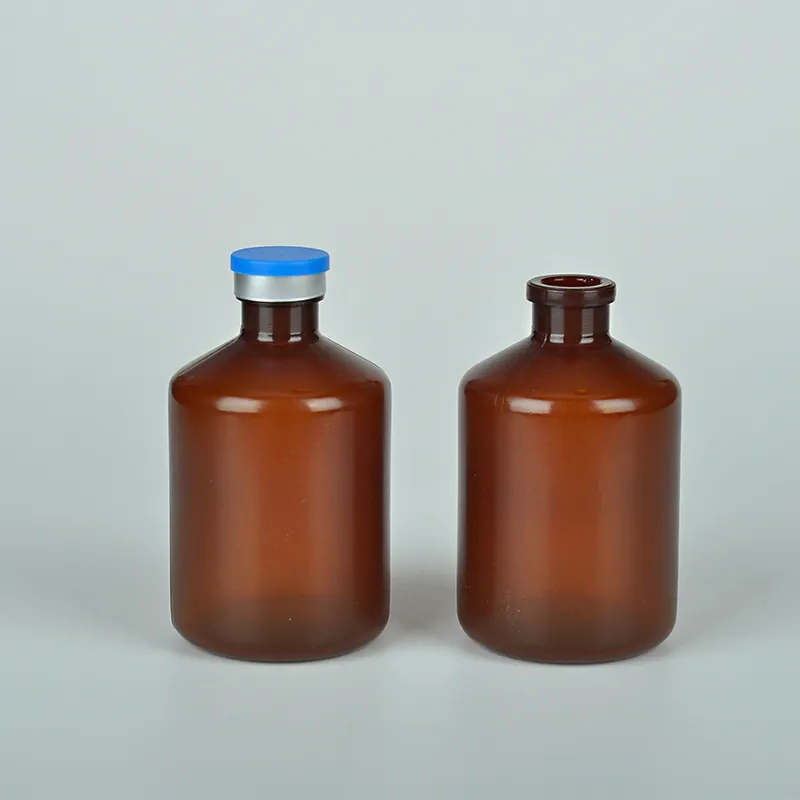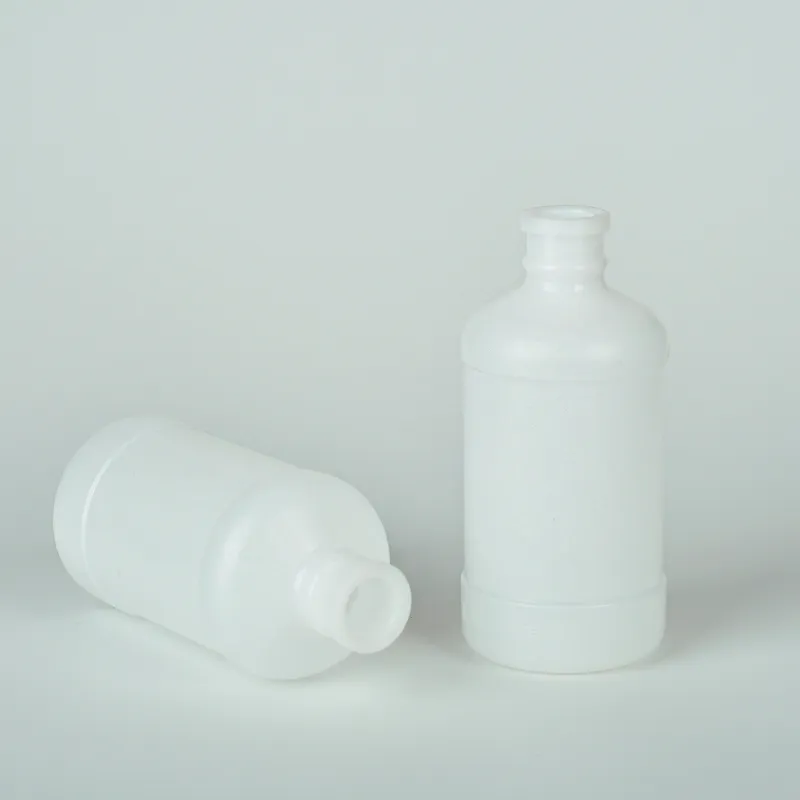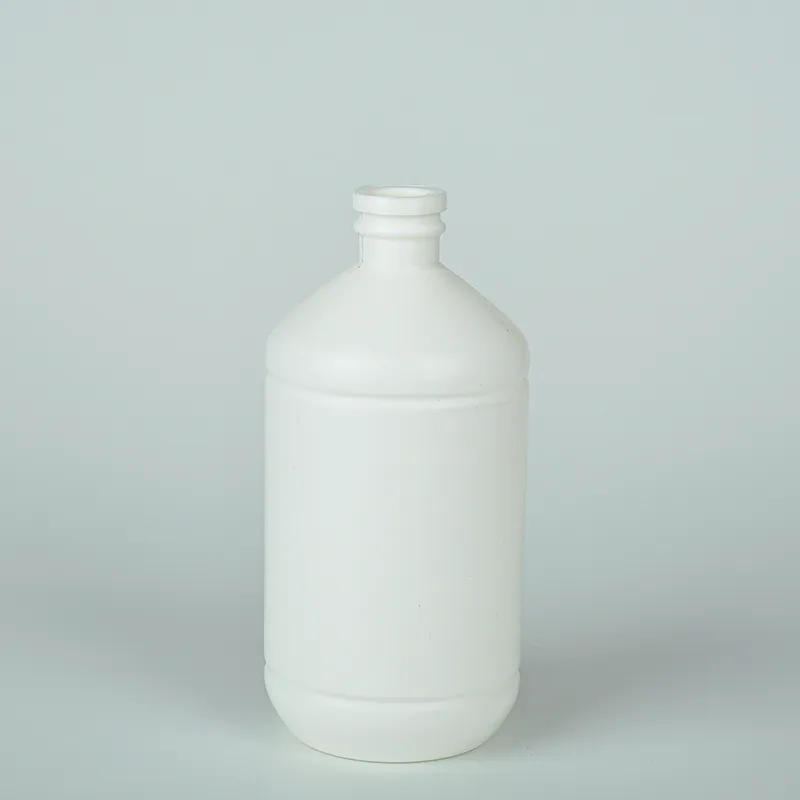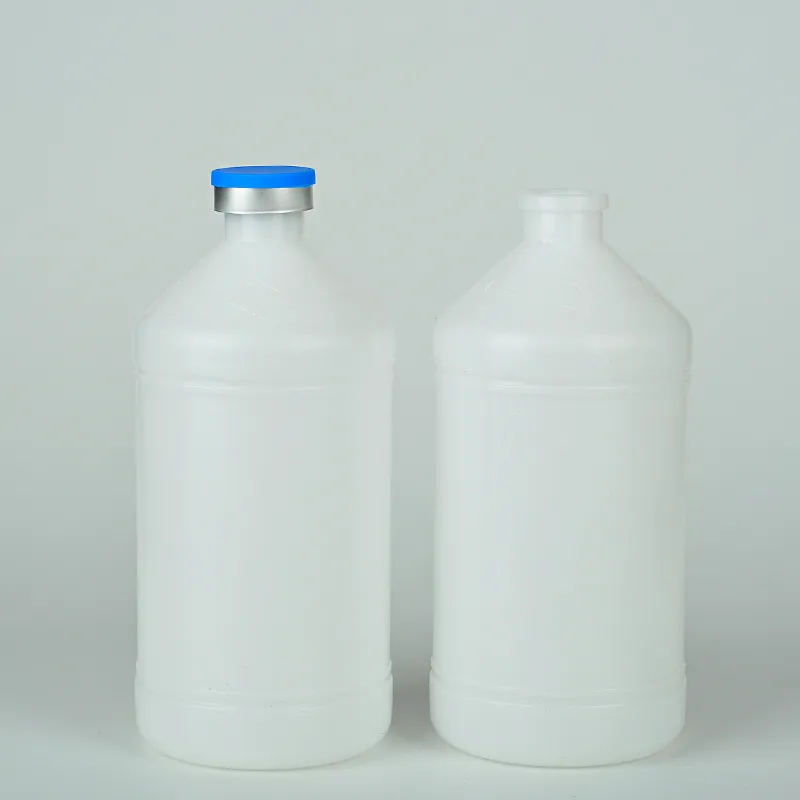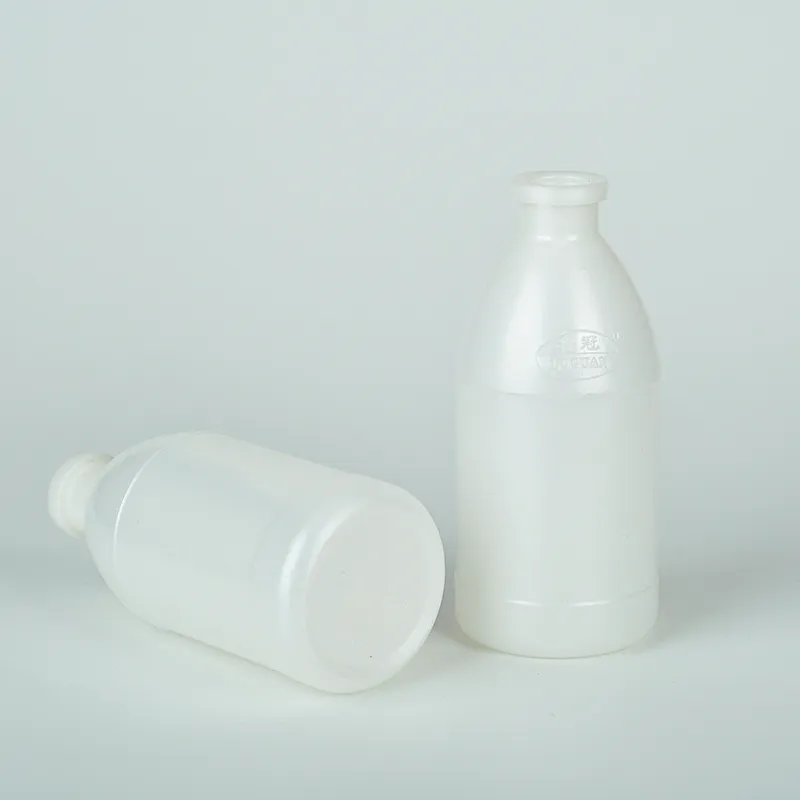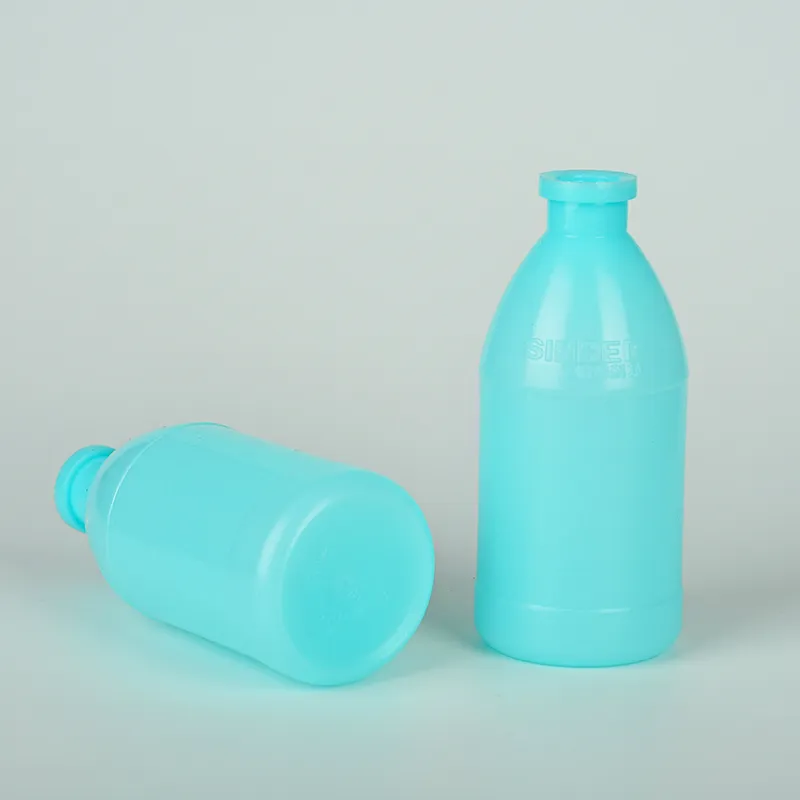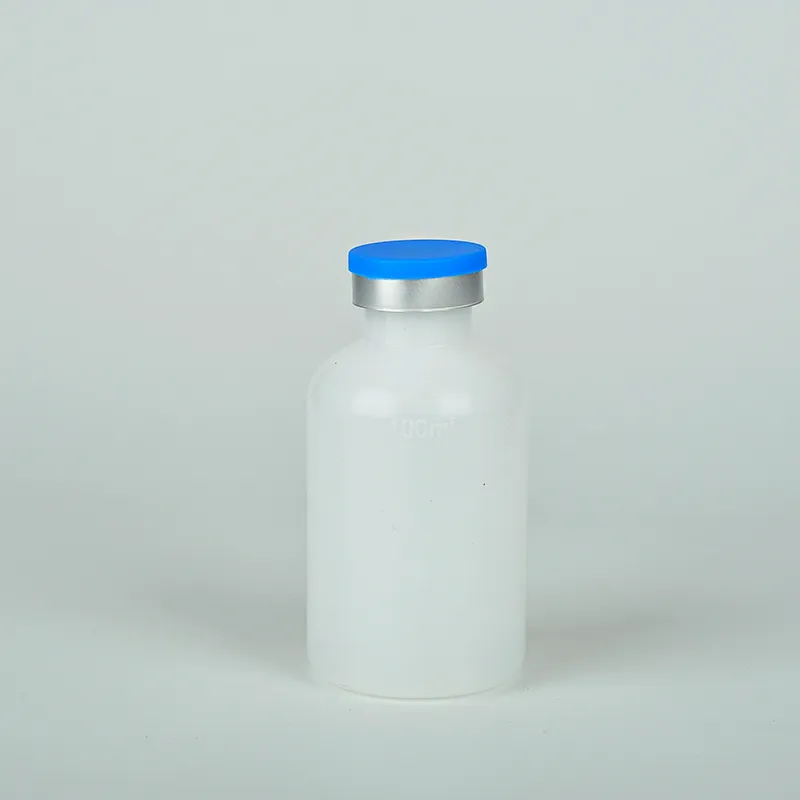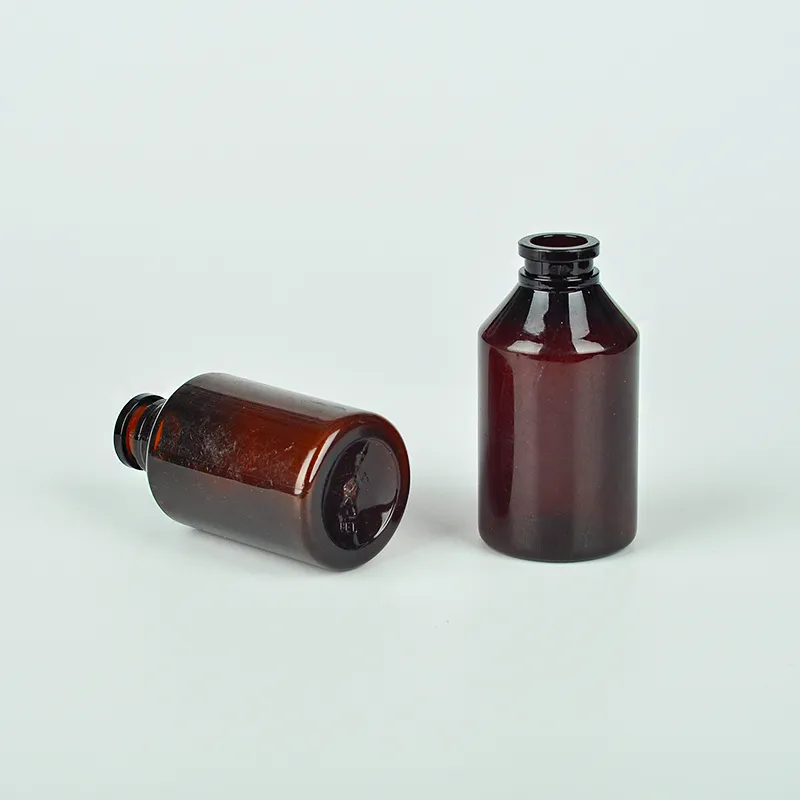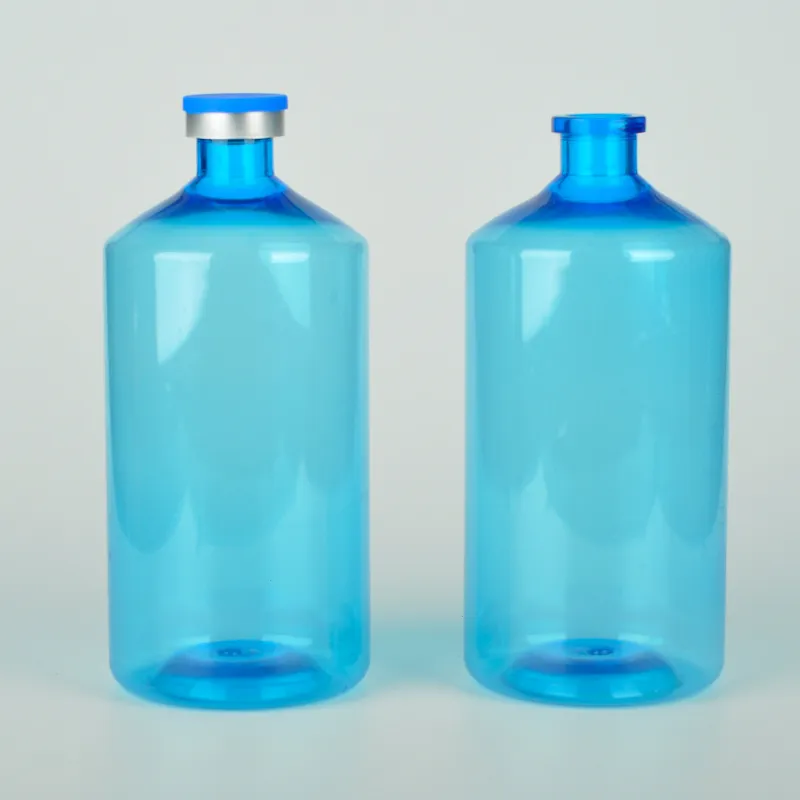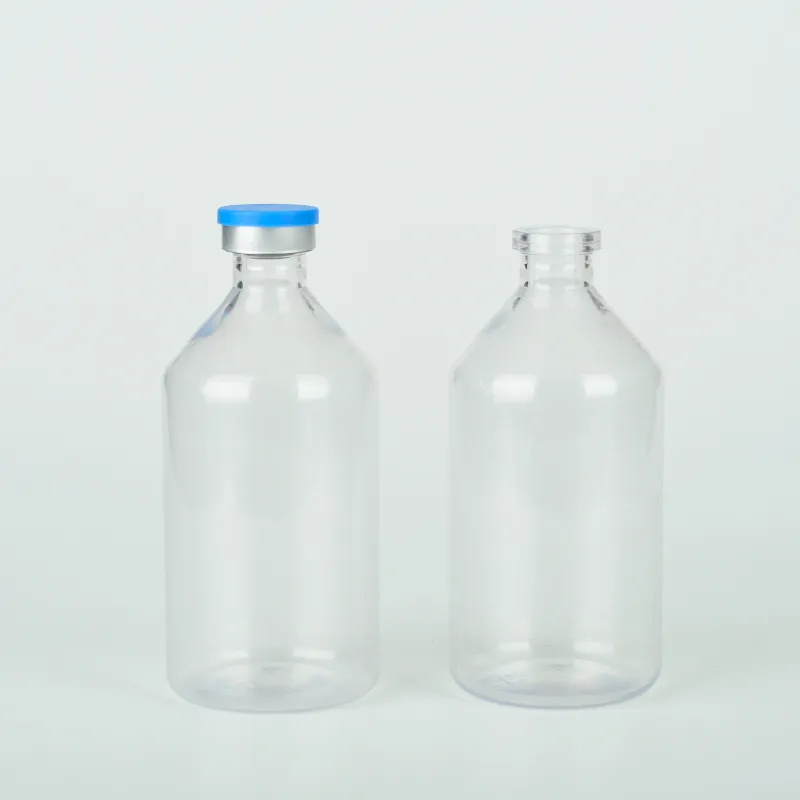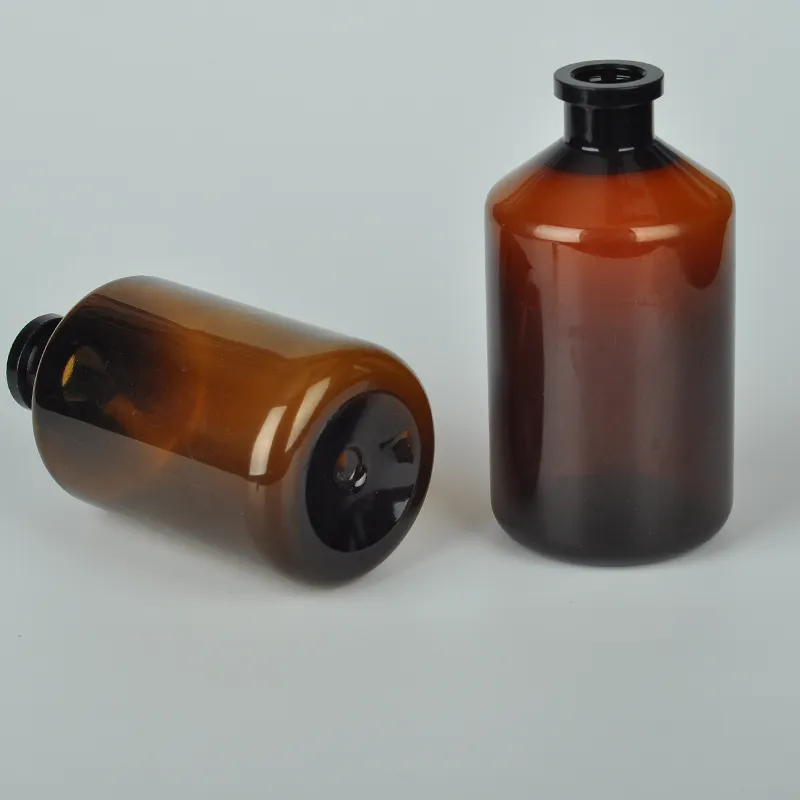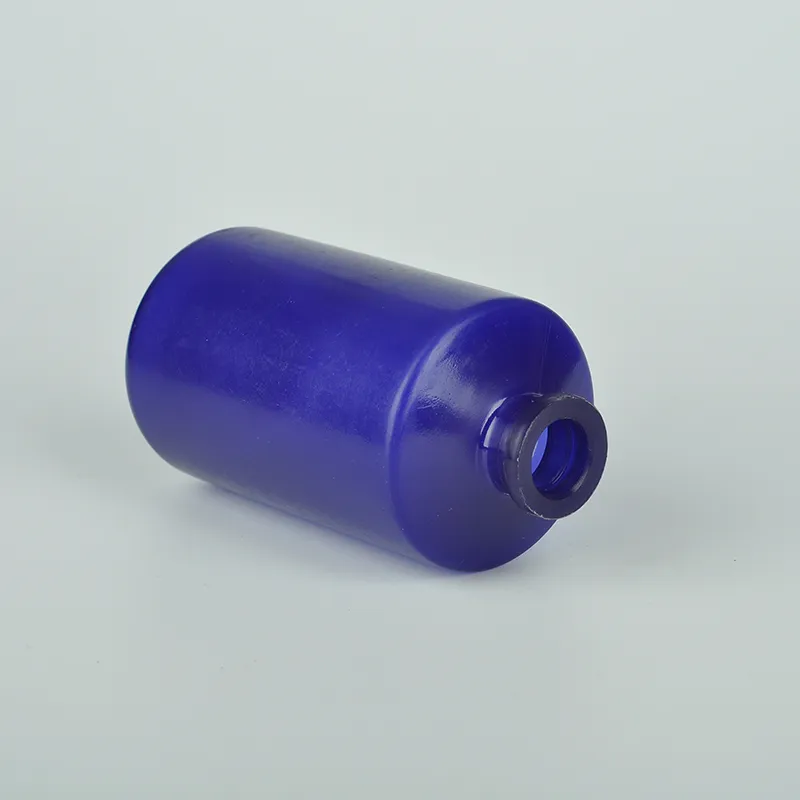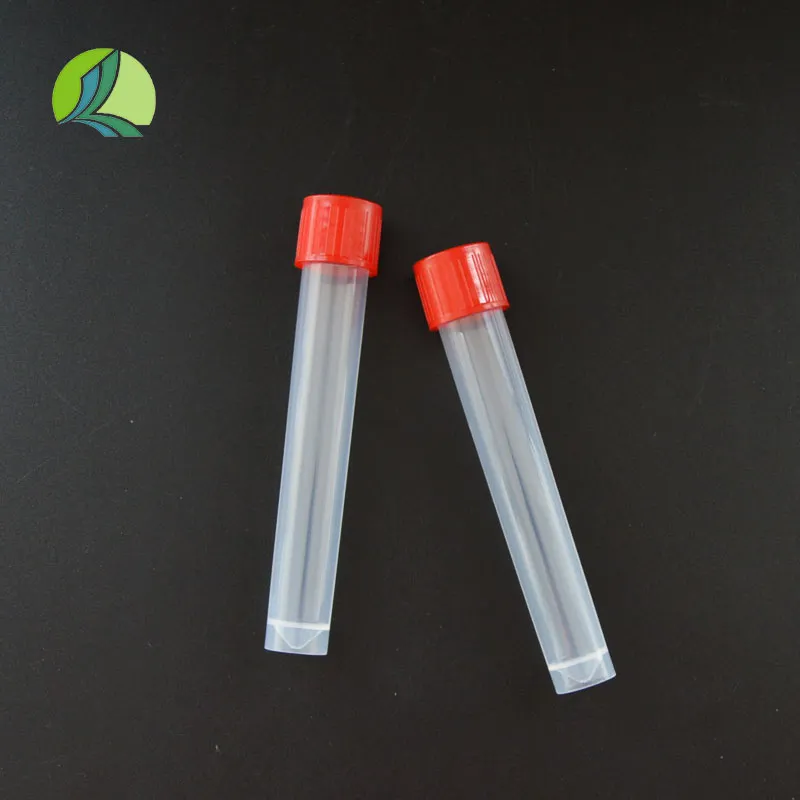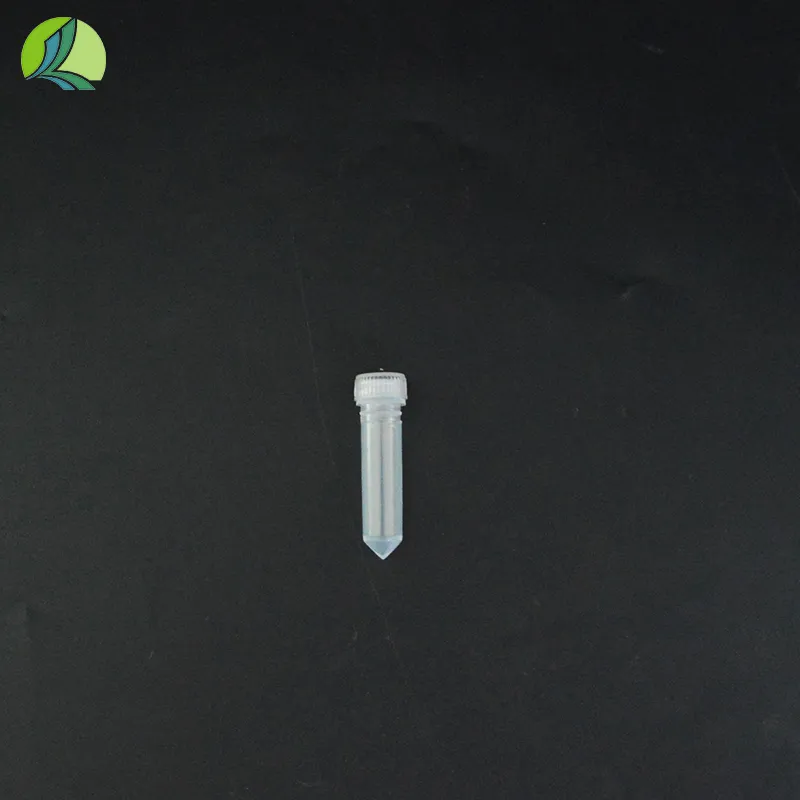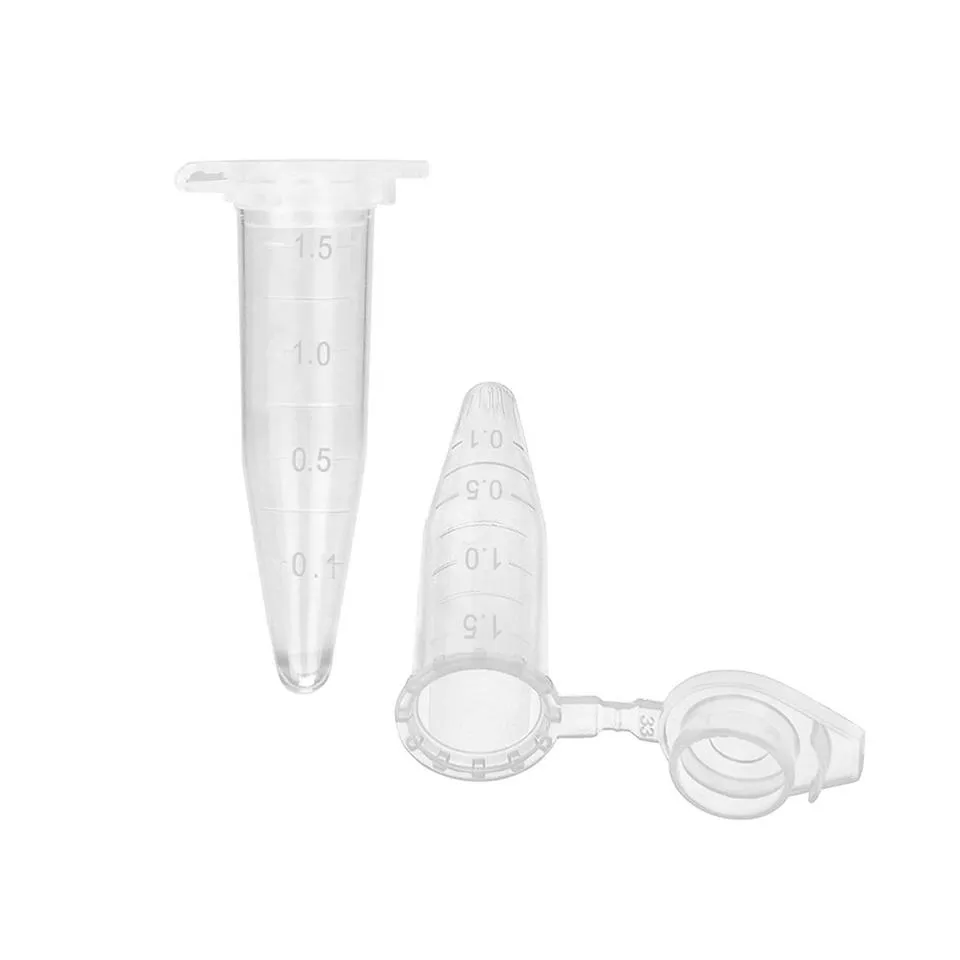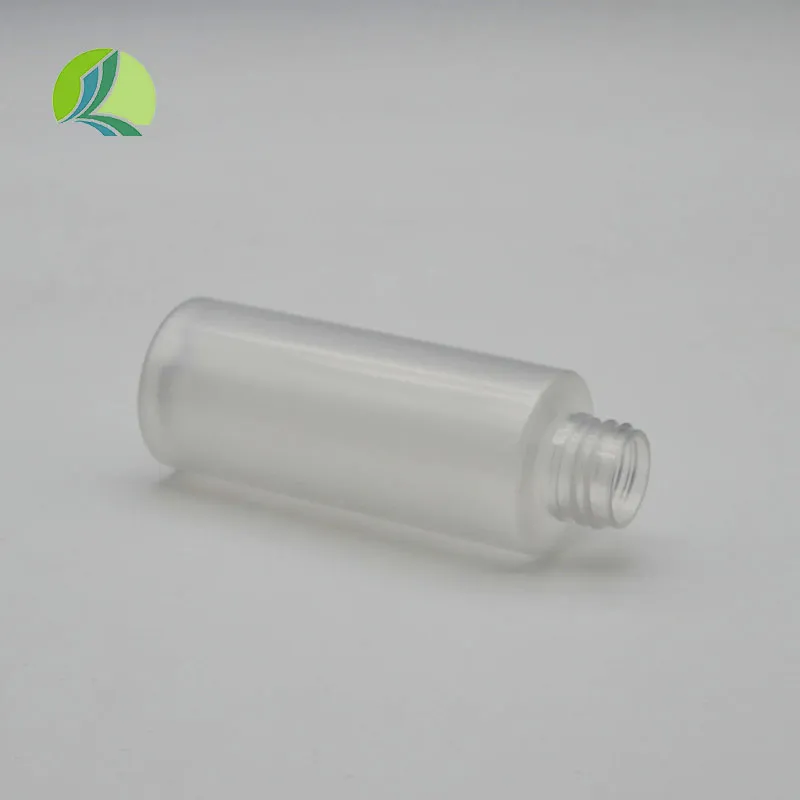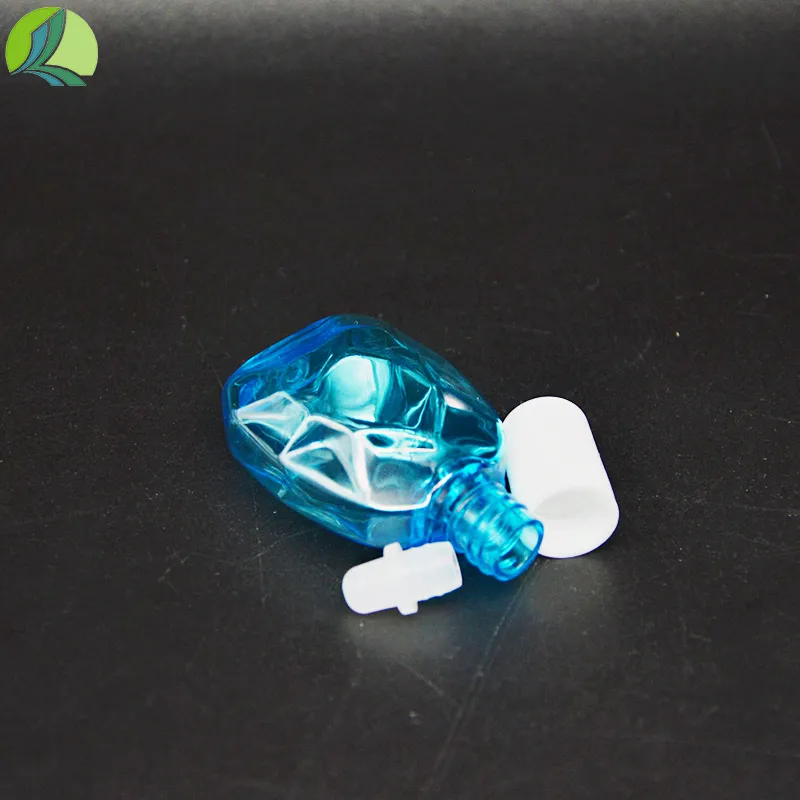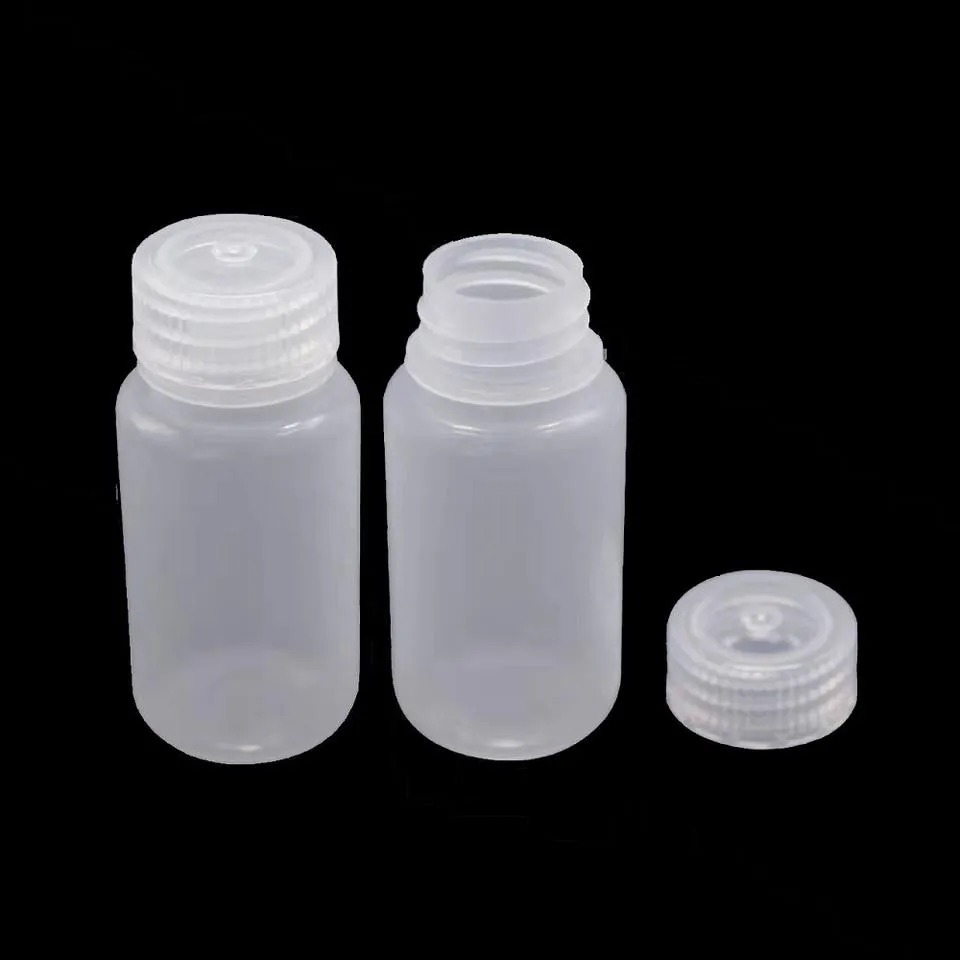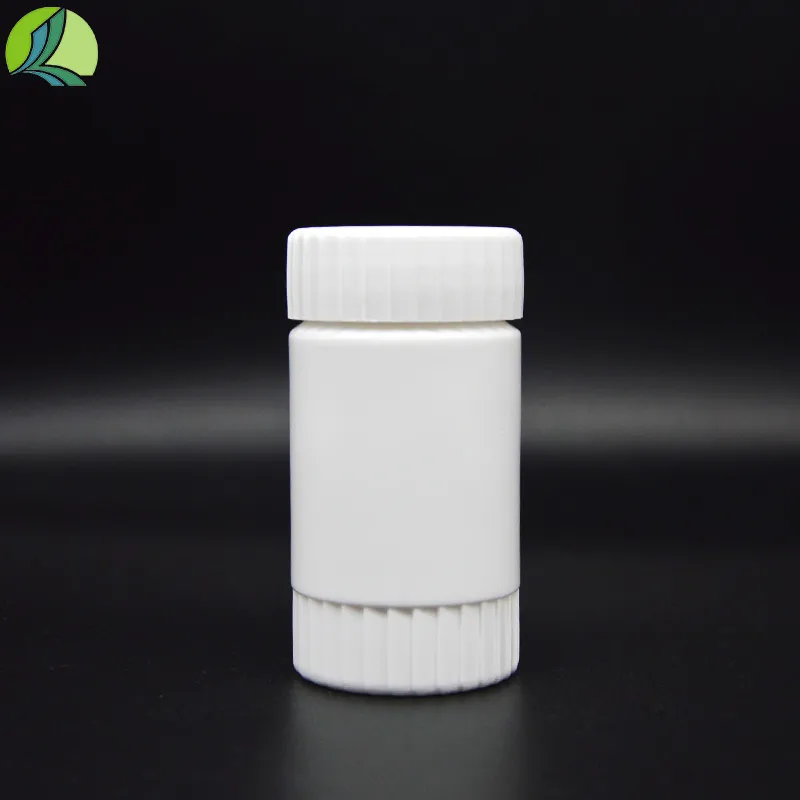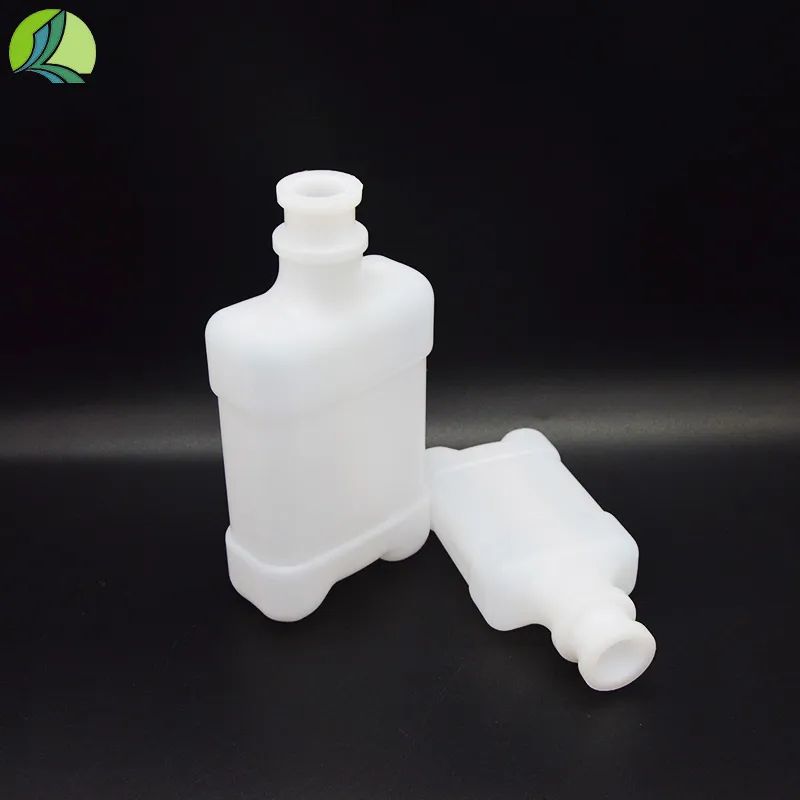White Plastic Veterinary Vaccine Vials | Lab Liquid Bottles
The Crucial Role of Advanced Veterinary Vaccine Vials in Modern Animal Healthcare
In the dynamic landscape of animal healthcare, the integrity and efficacy of veterinary pharmaceuticals, particularly vaccines, hinge significantly on their packaging. A foundational element in this ecosystem is the White Plastic Veterinary Medicine Vaccine Vial Animal Laboratory Liquid Hanging Bottl. These specialized container111s are engineered to safeguard sensitive biologicals from degradation, contamination, and physical damage, ensuring that vaccines retain their potency from manufacturing to administration. The industry trend is increasingly leaning towards high-performance polymer solutions that offer superior barrier properties, chemical inertness, and exceptional durability, moving beyond traditional glass options in many applications due to their inherent fragility and weight. Innovations in plastic molding technologies, coupled with rigorous quality control standards, are driving this shift. These advanced vials play a critical role not only in vaccine storage and transport but also in precise dosing and convenient administration, often featuring designs that facilitate hanging or dispensing in veterinary clinics and animal laboratories. The demand for such robust and reliable packaging solutions is escalating with the global expansion of animal health initiatives, livestock disease prevention programs, and companion animal welfare efforts, necessitating sophisticated manufacturing processes to meet stringent regulatory requirements and end-user expectations.
The design of these white plastic vials is specifically tailored for the demanding environment of veterinary practices and laboratories. Unlike general-purpose container111s, these vials are crafted to withstand temperature fluctuations, chemical exposure from vaccine formulations, and physical impacts during handling. Their opaque white color offers crucial protection against UV light, which can degrade light-sensitive components within certain vaccine formulations, thereby extending the shelf-life and stability of the enclosed medication. Furthermore, the inclusion of a hanging mechanism – often an integrated loop or specific neck design – streamlines the administration process, allowing for efficient use in high-throughput settings like farms, animal shelters, or large-scale vaccination campaigns. This specialized functionality underscores the product's design-for-purpose ethos, reflecting a deep understanding of veterinary logistical challenges. As the veterinary pharmaceutical sector continues its rapid growth, driven by an increasing global animal population and heightened awareness of animal welfare, the role of highly specialized, reliable, and user-friendly packaging like the White Plastic Veterinary Medicine Vaccine Vial Animal Laboratory Liquid Hanging Bottl becomes indispensable, bridging the gap between advanced vaccine research and effective field application.
Manufacturing Precision: Crafting Sterility and Durability
The manufacturing of a White Plastic Veterinary Medicine Vaccine Vial Animal Laboratory Liquid Hanging Bottl is a highly technical and precise process, primarily relying on advanced plastic molding techniques such as Injection Blow Molding (IBM) or Extrusion Blow Molding (EBM). These methods are chosen for their ability to produce container111s with consistent wall thickness, precise neck finishes, and excellent surface quality, all critical for maintaining the sterility and integrity of pharmaceutical contents. The primary material typically used is High-Density Polyethylene (HDPE) or Polypropylene (PP), selected for their superior chemical resistance, low moisture vapor transmission rates (MVTR), and excellent barrier properties, which prevent gas exchange and product degradation. The process begins with virgin polymer resins, which are heated and molded into a parison or preform. This intermediate shape is then inflated within a mold to form the final vial geometry, including the specialized hanging feature. Throughout the manufacturing cycle, stringent environmental controls are maintained, often within ISO Class 7 or 8 cleanrooms, to minimize particulate contamination.
Quality control is paramount at every stage. In-process checks include visual inspections for defects, dimensional verification using precision gauges, and weight checks to ensure material consistency. Post-production, a battery of tests is conducted in accordance with international standards like ISO 13485 (Medical Devices Quality Management Systems), USP (United States Pharmacopeia), and FDA guidelines for pharmaceutical packaging materials. These tests cover critical parameters such as extractables and leachables (ensuring no harmful substances migrate from the plastic into the drug), chemical compatibility, sterility assurance (often through Gamma irradiation or ETO sterilization compatibility), drop resistance, and seal integrity with various closure types. The design for a specific use-case, like a hanging bottle, also involves ergonomic testing and compatibility with automated filling lines. This meticulous process ensures that each White Plastic Veterinary Medicine Vaccine Vial Animal Laboratory Liquid Hanging Bottl delivers optimal performance, guaranteeing product safety, stability, and a long shelf life, typically several years depending on the specific application and storage conditions, thereby reducing waste and ensuring effective vaccine delivery in critical animal health applications. These vials are indispensable in industries such as animal pharmaceuticals, research laboratories, and large-scale livestock management, where sterile and reliable containment is non-negotiable.
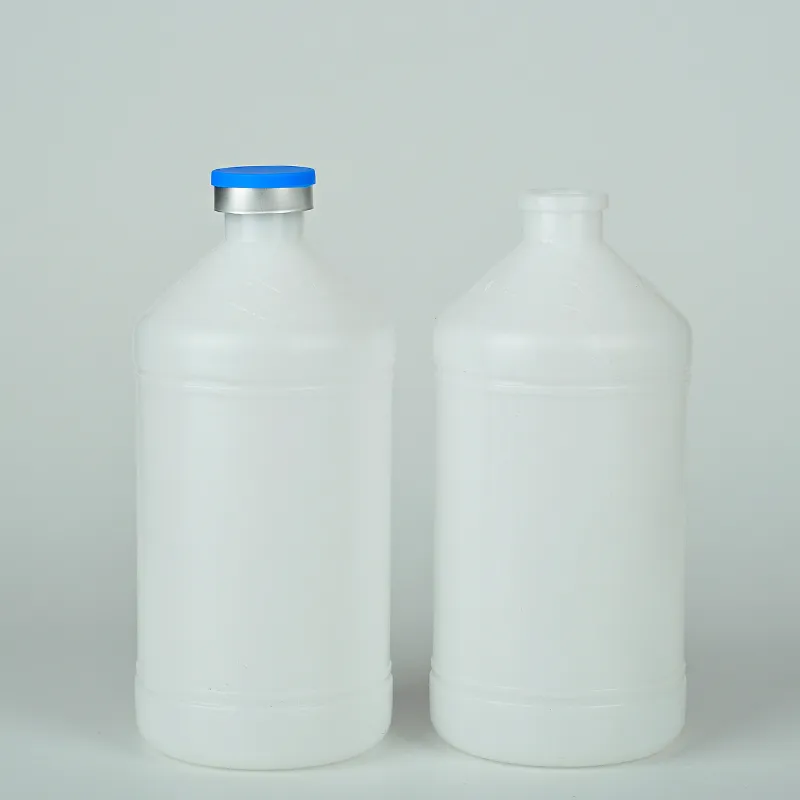
Technical Specifications and Performance Metrics
The performance of a White Plastic Veterinary Medicine Vaccine Vial Animal Laboratory Liquid Hanging Bottl is quantified through a series of rigorous technical specifications that ensure its suitability for pharmaceutical applications. Material selection, as previously noted, focuses on medical-grade HDPE or PP, distinguished by their high purity and inertness. Typical capacities range from 50ml up to 1000ml or more, tailored to specific dosage and volume requirements of veterinary vaccines and laboratory reagents. The neck finish, often a 28mm or 32mm screw thread, is critical for ensuring a secure seal with various closures, including rubber stoppers and aluminum crimp seals, which are vital for maintaining sterility and preventing leakage. Wall thickness is precisely controlled, usually between 0.8mm to 1.5mm, to provide structural integrity and barrier properties without excessive material usage. Light protection, achieved by the opaque white pigmentation, provides an absorbance rate of over 99% for UV wavelengths (200-400 nm), crucial for light-sensitive compounds.
Key performance parameters include extractables and leachables profiles, which must meet USP Class VI standards for biocompatibility, ensuring that no harmful compounds migrate into the drug product. Water Vapor Transmission Rate (WVTR) and Oxygen Transmission Rate (OTR) are also vital, often requiring values below 0.1 g/m²/24h and 10 cm³/m²/24h respectively, for optimal product stability. Burst strength, typically exceeding 20 PSI, ensures the vial can withstand internal pressure fluctuations during filling or transport. Sterilization compatibility with methods like E-beam, Gamma irradiation, or EtO is also a critical specification, allowing for terminal sterilization of the filled product. The hanging mechanism's tensile strength must be robust enough to support the vial's full weight, usually exceeding 5 kg, ensuring reliability during veterinary administration. These precise specifications, combined with certifications like ISO 9001 and ISO 15378 (Primary Packaging Materials for Medicinal Products), provide assurance of product quality and reliability for the end-users in veterinary medicine and animal laboratories.
| Parameter | Specification | Testing Standard |
|---|---|---|
| Material Grade | Medical Grade HDPE / PP | USP Class VI / FDA 21 CFR 177 |
| Capacity Range | 50ml - 1000ml+ | Volume Metric Calibration |
| Neck Finish | 20mm, 28mm, 32mm Screw Thread | ISO 8362-1, USP |
| Wall Thickness Uniformity | ±10% (Typically 0.8mm-1.5mm) | Internal QA/QC |
| UV Light Protection | >99% @ 200-400 nm | USP |
| Water Vapor Transmission Rate (WVTR) | < 0.1 g/m²/24h | ASTM F1249 |
| Oxygen Transmission Rate (OTR) | < 10 cm³/m²/24h | ASTM D3985 |
| Burst Pressure | > 20 PSI | Internal Burst Test |
| Sterilization Compatibility | E-beam, Gamma, EtO | ISO 11137 / ISO 11135 |
| Hanging Feature Tensile Strength | > 5 kg | Internal Mechanical Test |
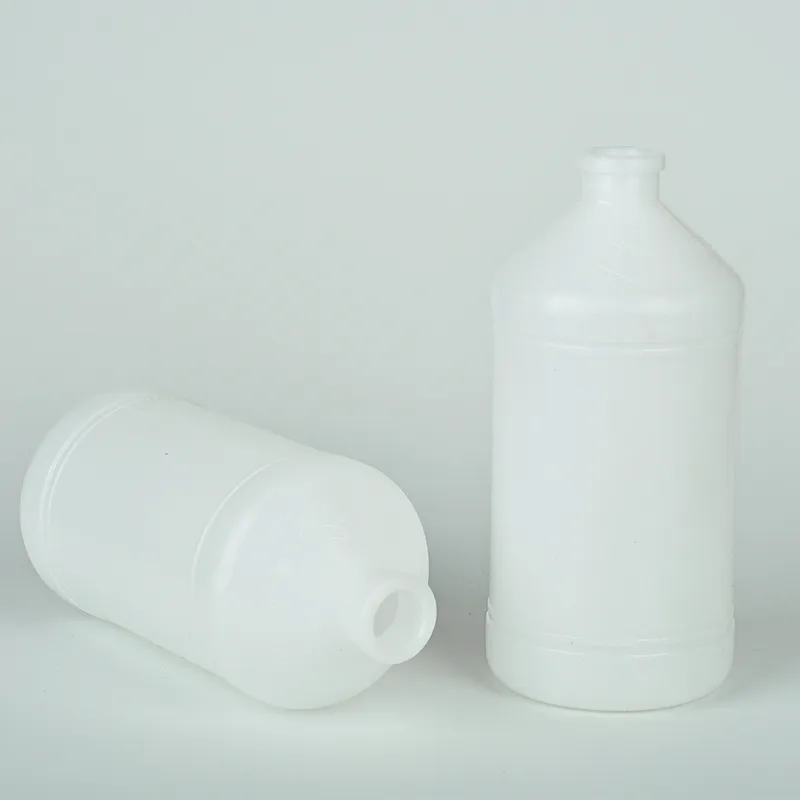
Versatile Applications and Unmatched Advantages
The application spectrum of the White Plastic Veterinary Medicine Vaccine Vial Animal Laboratory Liquid Hanging Bottl extends across numerous critical domains within animal healthcare and scientific research. In large-scale livestock and poultry farming, these vials are indispensable for mass vaccination campaigns, ensuring efficient and hygienic vaccine delivery. Their hanging design facilitates rapid, hands-free administration, a significant advantage in environments where speed and sterile technique are paramount, such as pig farms, chicken coops, or cattle ranches. In veterinary clinics and hospitals, they serve as reliable container111s for various liquid medications, including antibiotics, anti-parasitics, and nutrient solutions, ensuring precise dosing and easy accessibility. Animal laboratories utilize these vials for storing sensitive reagents, diagnostic samples, and cell culture media, where maintaining sterility and preventing cross-contamination are non-negotiable. Furthermore, in pharmaceutical manufacturing facilities, these bottles are employed for bulk storage and transport of active pharmaceutical ingredients (APIs) and intermediate formulations before final packaging.
The technical advantages of choosing these specialized plastic vials over traditional materials are substantial. Firstly, their superior durability and shatter resistance minimize the risk of breakage during transport, handling, and accidental drops, a common issue with glass vials in busy environments, thereby preventing costly product loss and potential biohazard contamination. This directly translates into enhanced safety for veterinary professionals and laboratory personnel. Secondly, the lightweight nature of plastic significantly reduces shipping costs and environmental impact, making them a more sustainable choice for large volume orders. Thirdly, their inherent chemical inertness ensures no adverse reactions with a wide range of pharmaceutical formulations, preserving vaccine stability and efficacy over extended periods. The opaque white pigmentation offers excellent UV protection, crucial for light-sensitive vaccines, safeguarding their potency. Moreover, the flexibility of plastic molding allows for custom designs, including specific neck finishes, integrated hanging features, and various capacities, offering tailored solutions that optimize efficiency and reduce waste in diverse application scenarios. This adaptability provides a tangible advantage in an industry constantly seeking more efficient and safer methods for delivering critical veterinary care.

Choosing the Right Partner: Manufacturer Comparison and Custom Solutions
Selecting the optimal supplier for White Plastic Veterinary Medicine Vaccine Vial Animal Laboratory Liquid Hanging Bottl requires a diligent evaluation process, extending beyond mere price comparison to encompass a holistic assessment of quality, reliability, and service. Key factors for consideration include the manufacturer's adherence to international quality standards such as ISO 9001, ISO 13485 (for medical devices), and ISO 15378 (for primary packaging materials for medicinal products). A reputable manufacturer will demonstrate transparent quality control protocols, from raw material sourcing to final product inspection, ensuring batch-to-batch consistency and traceability. Experience in the B2B pharmaceutical packaging sector, evidenced by years of service and a robust portfolio of successful client partnerships, is also a strong indicator of reliability. Furthermore, the capacity for extensive in-house testing, including but not limited to extractables and leachables studies, sterility validation, and material compatibility assessments, is crucial to guarantee product safety and stability. A manufacturer's ability to provide comprehensive technical data and support for regulatory submissions further solidifies their position as a trusted partner.
Beyond standard product offerings, the ability to provide bespoke, custom solutions is a significant differentiator. Many veterinary pharmaceutical companies require unique vial designs, specific capacities, custom neck finishes to accommodate proprietary closure systems, or integrated features like measurement markings or specific hanging mechanisms. A leading manufacturer will possess advanced R&D capabilities, including CAD design, rapid prototyping, and mold fabrication expertise, to translate specific client requirements into functional, compliant products. This customization extends to material selection, where specialized polymer blends might be utilized for enhanced barrier properties or specific chemical resistance profiles. For instance, a client might require a vial with increased impact resistance for rugged field use, or a particular color for brand identification while maintaining UV protection. The willingness and capability of a supplier to engage in collaborative design and development, coupled with robust project management, ensures that the resulting White Plastic Veterinary Medicine Vaccine Vial Animal Laboratory Liquid Hanging Bottl precisely meets the end-user's operational and regulatory needs, providing a distinct competitive edge in the market.
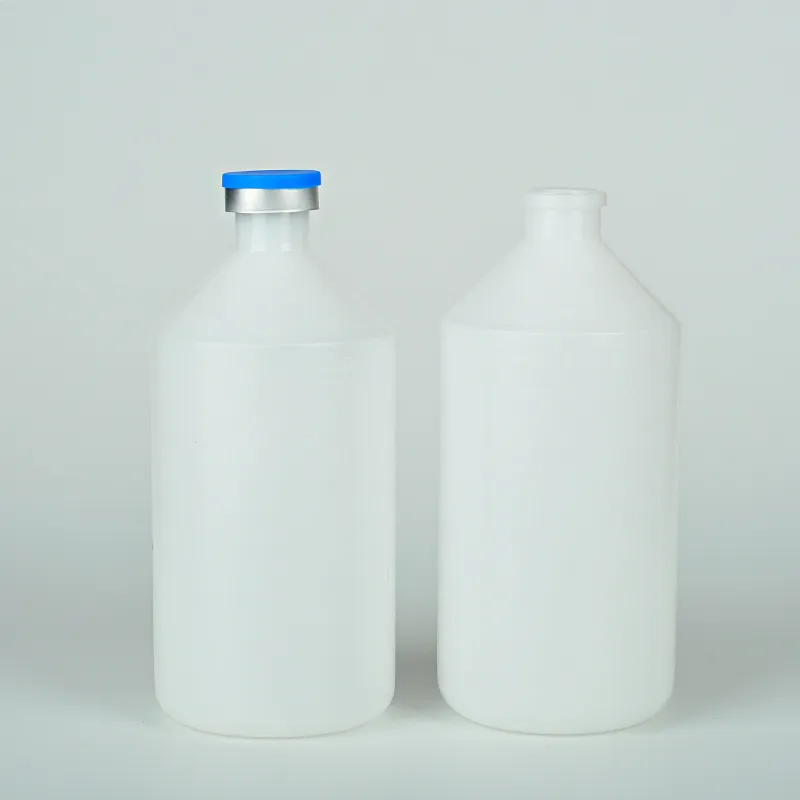
Ensuring Trust and Authority: Company Credentials and Support
In the highly regulated pharmaceutical packaging industry, demonstrating unwavering commitment to quality and customer satisfaction is paramount for building trust and establishing authority. Our company, with a legacy spanning over two decades in medical and pharmaceutical packaging, exemplifies this commitment through robust certifications and a client-centric service model. We hold ISO 9001:2015 for Quality Management Systems, ensuring consistent product quality and continuous improvement, and are compliant with ISO 15378:2017 standards, specifically tailored for primary packaging materials for medicinal products. Our manufacturing facilities operate under strict cleanroom conditions, adhering to GMP (Good Manufacturing Practices) guidelines, which is critical for the production of sterile packaging like the White Plastic Veterinary Medicine Vaccine Vial Animal Laboratory Liquid Hanging Bottl. Our partnerships with leading veterinary pharmaceutical companies globally underscore our reliability and the trust placed in our products for critical applications. Test data and analytical reports, including batch-specific Certificates of Analysis (CoA) and Material Safety Data Sheets (MSDS), are readily available upon request, providing full transparency on product specifications and performance.
Our dedication to client success extends beyond product delivery to comprehensive support infrastructure. We understand that efficient logistics are crucial for B2B clients; therefore, we offer streamlined delivery cycle explanations, with typical lead times of 4-6 weeks for custom orders and 1-2 weeks for standard stock items, subject to current production schedules and order volume. Every product is backed by a robust quality assurance commitment, including a clear warranty against manufacturing defects. Our responsive customer support team is available to assist with technical queries, order tracking, and any post-sales support required, ensuring a seamless experience from initial inquiry to product deployment. We frequently address common client questions, such as "What is the shelf life of the empty vial?" (Typically 5 years from manufacturing date under proper storage conditions), or "Are these vials compatible with specific sterilization methods?" (Yes, compatible with Gamma, E-beam, and EtO, subject to specific material grade and validation). This holistic approach, combining expert technical knowledge, rigorous quality assurance, and dedicated client service, solidifies our position as an authoritative and trustworthy partner in the veterinary pharmaceutical packaging sector.
Frequently Asked Questions (FAQ)
Q: Are these plastic vials recyclable?
A: Yes, the HDPE and PP materials used are generally recyclable. However, specific recycling procedures may vary based on local regulations and the post-use contamination status of the vial. We recommend consulting with local waste management facilities.
Q: Can the vials be customized with specific colors or branding?
A: Absolutely. While white is standard for UV protection, we offer custom color options and can incorporate branding through direct printing or labeling, provided these do not compromise the vial's integrity or regulatory compliance.
Q: What is the typical lead time for large volume orders?
A: For large volume and custom orders, lead times typically range from 4 to 6 weeks after design approval and payment. Standard stock orders can often be dispatched within 1-2 weeks. We recommend contacting our sales team for precise lead time estimates based on your specific requirements.
Q: Do you provide samples for compatibility testing?
A: Yes, we understand the critical need for pre-production compatibility testing. Samples of our standard White Plastic Veterinary Medicine Vaccine Vial Animal Laboratory Liquid Hanging Bottl products are available upon request for evaluation purposes.
References and Further Reading
- United States Pharmacopeia (USP) - General Chapters on Containers for Injections.
- International Organization for Standardization (ISO) - ISO 15378: Primary packaging materials for medicinal products — Particular requirements for the application of ISO 9001:2015, with reference to Good Manufacturing Practice (GMP).
- Food and Drug Administration (FDA) - Guidance for Industry on Container Closure Systems for Packaging Human Drugs and Biologics.
- American Society for Testing and Materials (ASTM) International - Standards on Plastic Packaging.
-
Plastic Medicine Liquid Bottle: Secure Flip Top Drug VialsNewsAug.17,2025
-
Durable 250ml Blue Plastic Vaccine Vial for Lab & Vet UseNewsAug.16,2025
-
Sterile Virus Sample Tubes: Secure & Reliable Specimen CollectionNewsAug.15,2025
-
White 250ml Plastic Vaccine Vial for Lab & Vet MedicineNewsAug.14,2025
-
Premium Clear Plastic Vaccine Vials for Lab & Vet MedicineNewsAug.13,2025





